2024.07.25
As technology advances, the durability and performance of electronic devices are gaining more attention. The IP68 rating, a top standard for dust and water resistance, is a key factor for many consumers. But what does IP68 really mean, and how does it impact our product choices?
This article explores the specifics of dust and water resistance ratings, decodes the "IP" mark, and highlights the practical value of the IP68 rating in daily life, helping readers understand its significance.
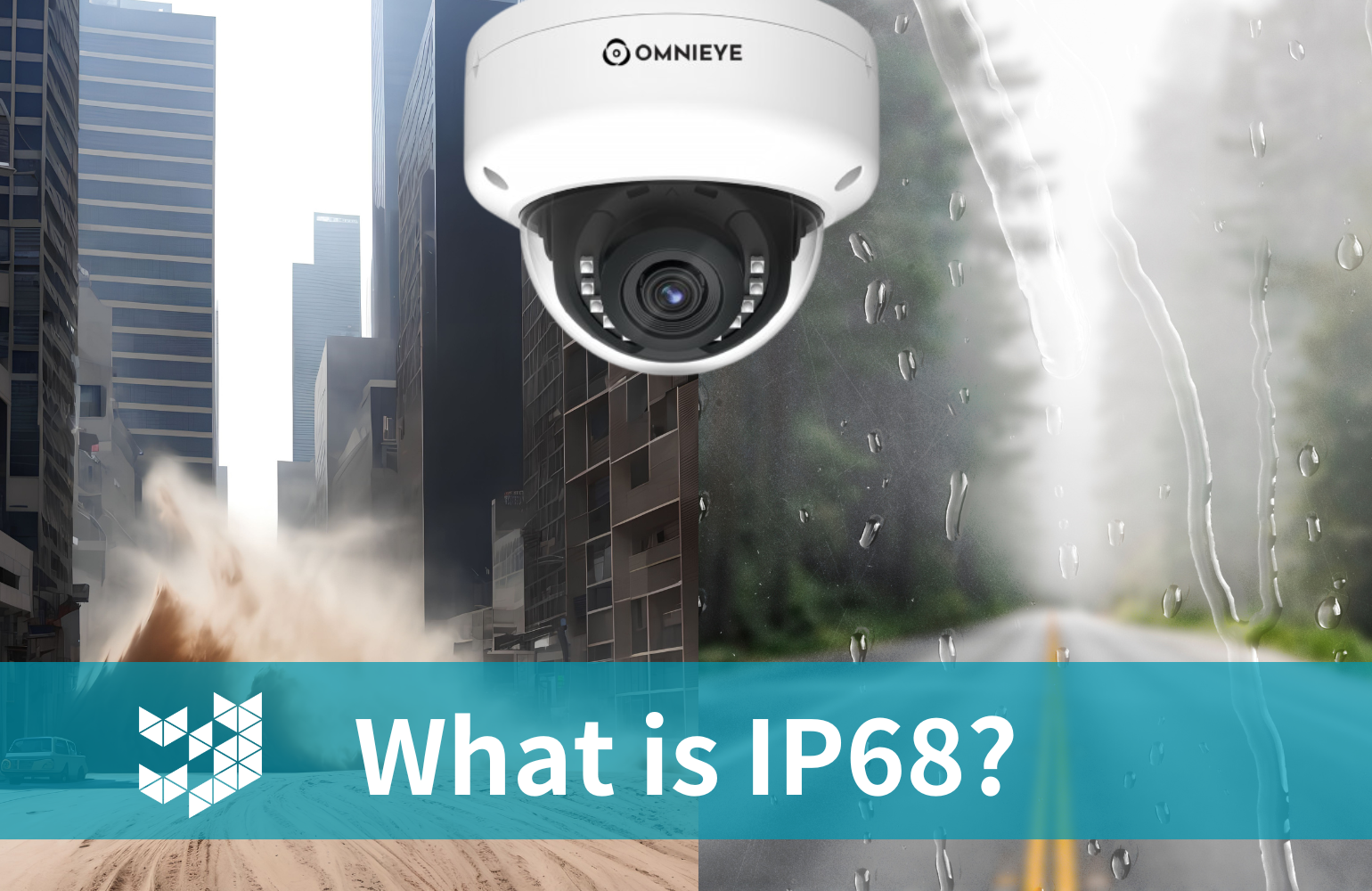
What is the IP Rating?
The IP code, developed by the IEC, assesses dust and water resistance in electronic devices. "IP" stands for Ingress Protection, with two digits indicating resistance levels. Certified under IEC 60529, it includes ratings for dust, water, impact, and vibration resistance.
How to interpret the IP code?
The IP rating consists of two digits: the first for dust protection and the second for water resistance. Common ratings include IP66, IP67, and IP68, tested and certified under specific conditions. For example, IP68 can be broken down into three parts:
|
IP IP Code |
6 Dust Protection Level |
8 Water Resistance Level |
Dust Protection Level
Solid object ingress protection (first digit) indicates the dust protection level, with higher numbers representing better protection.
|
|
Protection |
Object size |
|||
| 0 |
No Protection |
N/A |
|||
|
1 |
Can contact large surfaces, like the back of the hand, but may not protect fingers. |
50mm ⭡ |
|||
|
2 |
Can come into contact with fingers. |
12.5mm ⭡ |
|||
|
3 |
Can contact tools such as thick wires. |
2.5mm ⭡ |
|||
|
4 |
Can contact tools such as screws and wires. |
1mm ⭡ |
|||
|
5 |
Does not completely prevent dust from entering. |
N/A | |||
|
6 |
Can come into contact with dust. |
N/A |
Water Protection Level
Water ingress protection (second digit) indicates the water resistance level, with higher numbers representing better protection.
* Notes: The water referred to here is fresh water, excluding seawater.
|
|
Protection |
Protection time / distance. |
|||
| 0 |
No protection |
N/A |
|||
| 1 |
Can block vertically dripping water, such as a light rain. |
10 min |
|||
|
2 |
Even if the device is tilted at 15 degrees, it can still block vertically dripping water. |
10 min |
|||
|
3 |
Even if the device is tilted at 60 degrees, it can still block direct spraying water. |
5 min |
|||
|
4 |
Can block spraying and splashing water from all directions. |
5 min |
|||
|
5 |
Can block low-pressure water from a nozzle with a diameter of 6.3mm from all directions. |
3 min ,from a distance of 3 meters. |
|||
|
6 |
Can block high-pressure water from a nozzle with a diameter of 12.5mm from all directions. |
3 min ,from a distance of 3 meters. |
|||
|
7 |
Can be submerged in water at a depth of 1 meter for up to 30 minutes. |
30 min |
|||
|
8 |
Can be submerged in water deeper than 1 meter; the manufacturer must specify the actual depth. |
As defined by the manufacturer. |
Features of IP68 Rated Surveillance Products
-
Completely dustproof.
-
Can be submerged in still water over 1 meter deep while maintaining functionality.
-
Offers superior dust and water resistance.
-
Suitable for extreme environments.
Applications
-
Outdoor: Ideal for construction sites, parks, and airports, withstanding sun, wind, rain, and snow.
-
Industrial: Resists dust and vibrations in chemical plants and steel mills.
-
High-Illumination: Protects against interference in brightly lit areas.
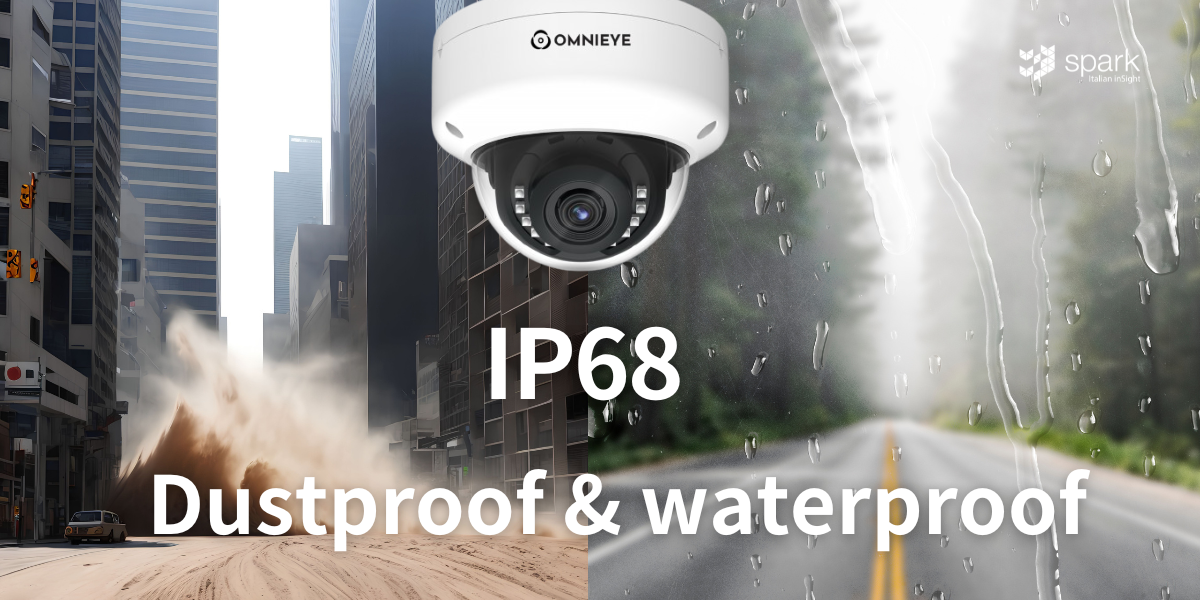
Omnieye IP68 network cameras
IP68 rated cameras offer excellent dust and water protection, meeting various environmental needs. When selecting suitable surveillance products, it’s important to not only consider the waterproof and dustproof ratings but also your specific requirements and the quality of the products.
Omnieye Advanced series DF/BM/BF/DM network cameras not only meet the IP68 dust and water resistance rating but also achieve IK10 impact resistance, making them the best choice for installation in any environment that requires prolonged exposure to natural or special conditions.
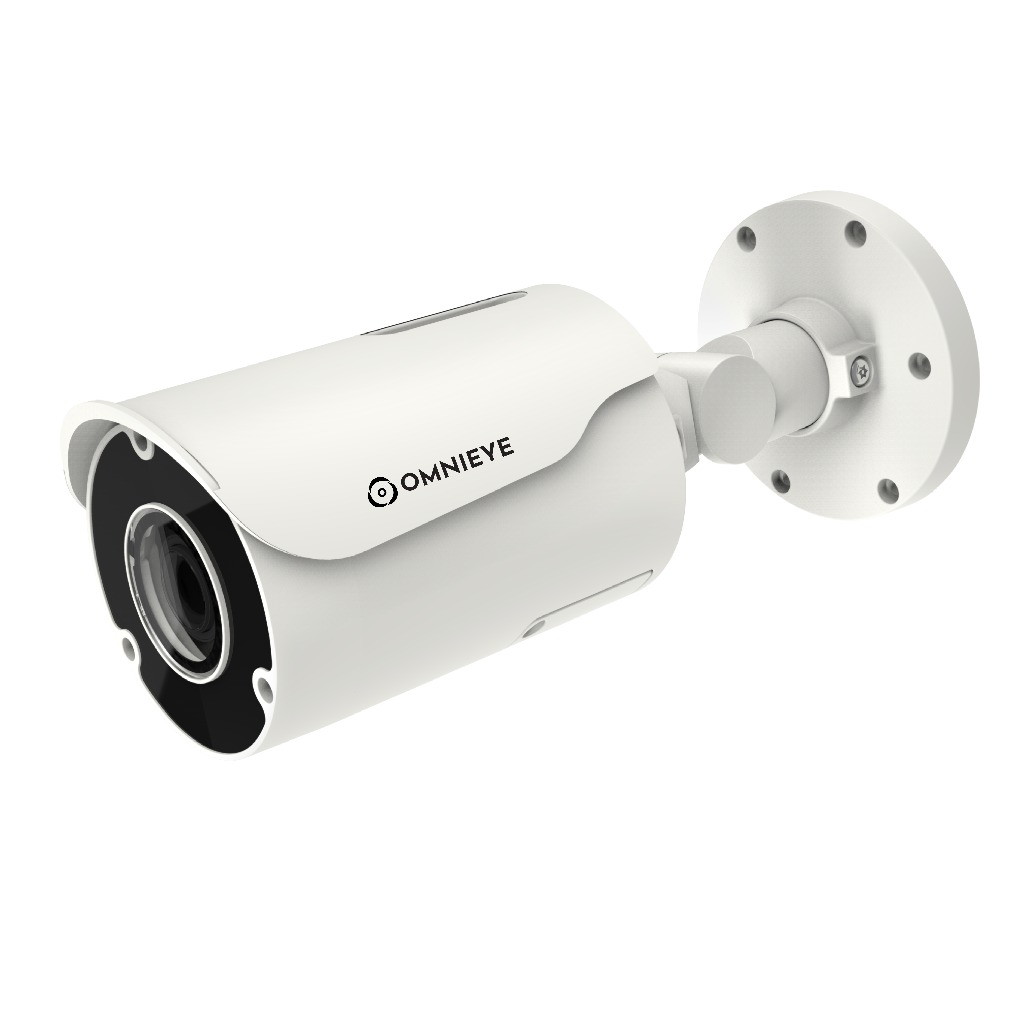 |
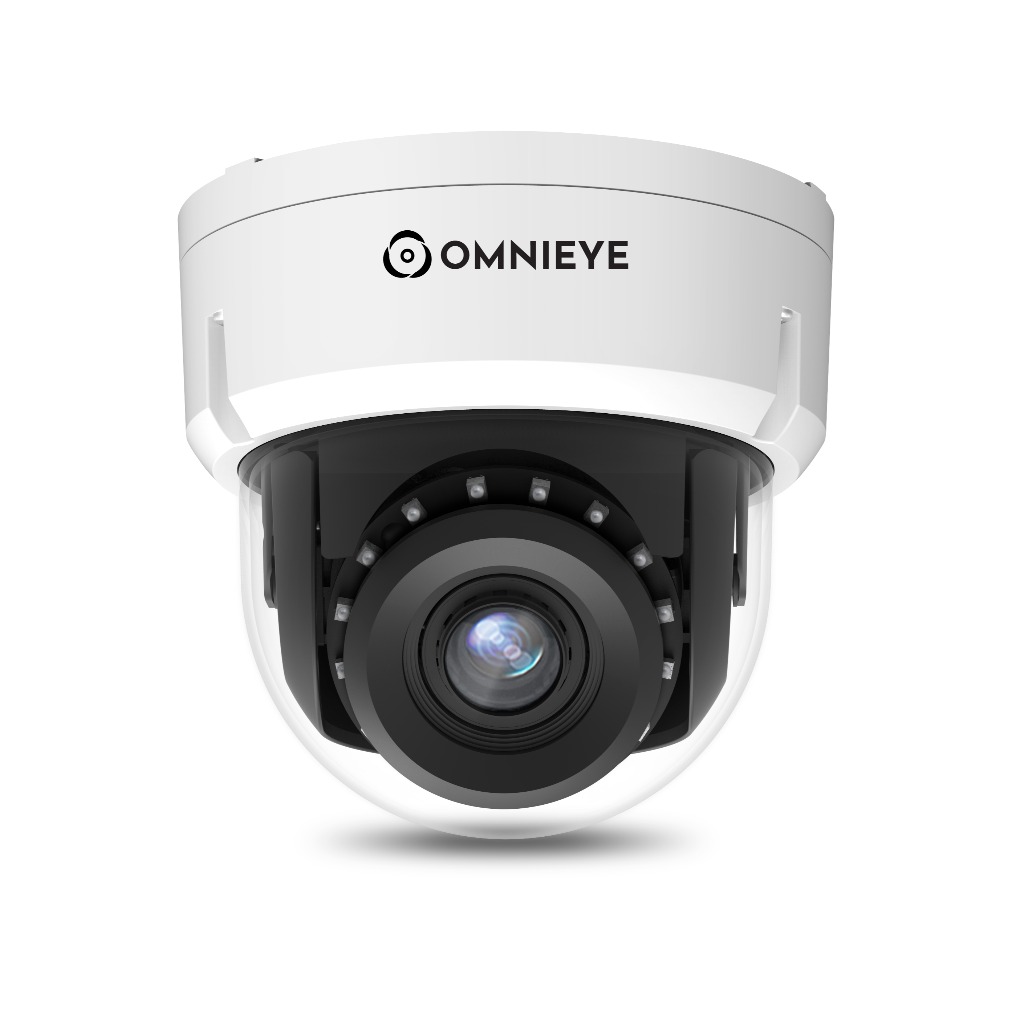 |
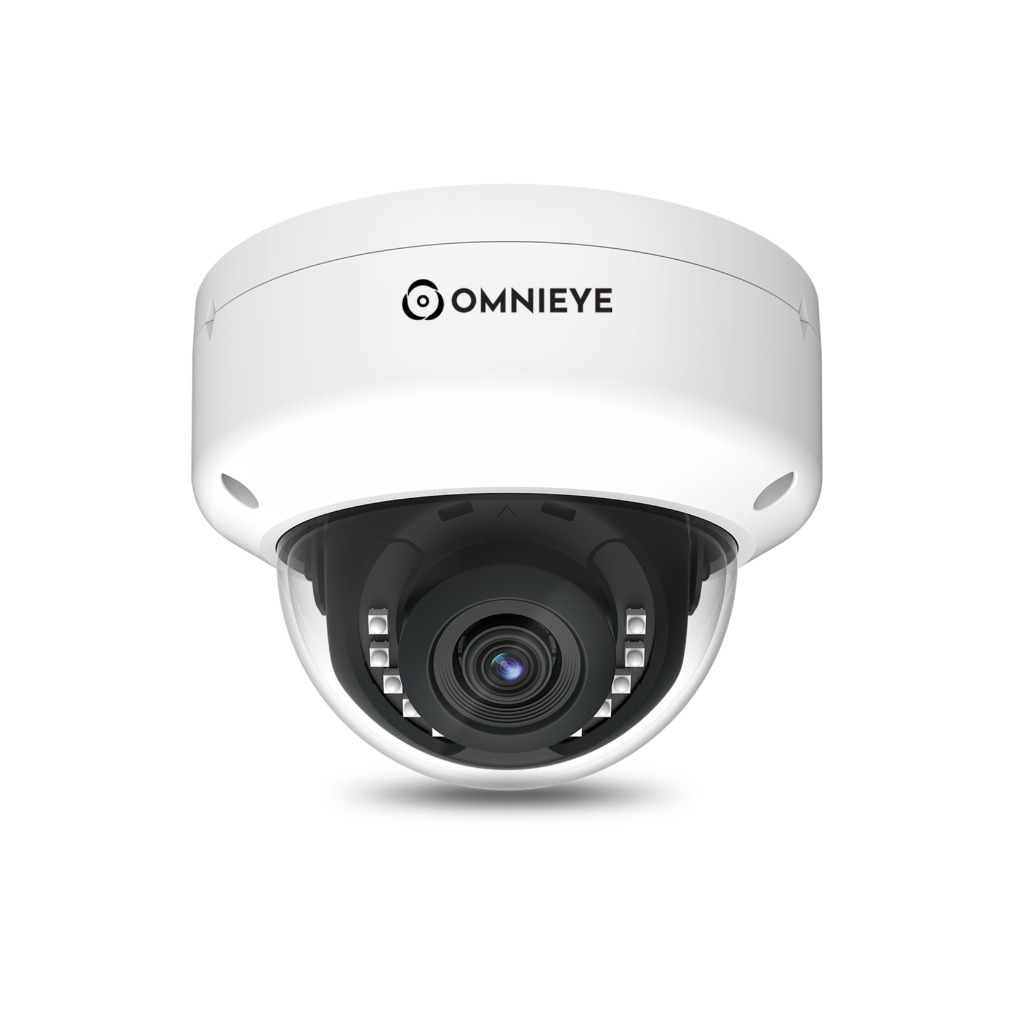 |
||
|
Advanced BM Zoom Bullet Camera |
Advanced DM Zoom Dome Camera |
Advanced DF Zoom Dome Camera |
To learn more about camera specifications and pricing information, please click the button above to fill out your details, and a representative will contact you.
As technology advances, the durability and performance of electronic devices are gaining more attention. The IP68 rating, a top standard for dust and water resistance, is a key factor for many consumers. But what does IP68 really mean, and how does it impact our product choices?
This article explores the specifics of dust and water resistance ratings, decodes the "IP" mark, and highlights the practical value of the IP68 rating in daily life, helping readers understand its significance.

What is the IP Rating?
The IP code, developed by the IEC, assesses dust and water resistance in electronic devices. "IP" stands for Ingress Protection, with two digits indicating resistance levels. Certified under IEC 60529, it includes ratings for dust, water, impact, and vibration resistance.
How to interpret the IP code?
The IP rating consists of two digits: the first for dust protection and the second for water resistance. Common ratings include IP66, IP67, and IP68, tested and certified under specific conditions. For example, IP68 can be broken down into three parts:
|
IP IP Code |
6 Dust Protection Level |
8 Water Resistance Level |
Dust Protection Level
Solid object ingress protection (first digit) indicates the dust protection level, with higher numbers representing better protection.
|
|
Protection |
Object size |
|||
| 0 |
No Protection |
N/A |
|||
|
1 |
Can contact large surfaces, like the back of the hand, but may not protect fingers. |
50mm ⭡ |
|||
|
2 |
Can come into contact with fingers. |
12.5mm ⭡ |
|||
|
3 |
Can contact tools such as thick wires. |
2.5mm ⭡ |
|||
|
4 |
Can contact tools such as screws and wires. |
1mm ⭡ |
|||
|
5 |
Does not completely prevent dust from entering. |
N/A | |||
|
6 |
Can come into contact with dust. |
N/A |
Water Protection Level
Water ingress protection (second digit) indicates the water resistance level, with higher numbers representing better protection.
* Notes: The water referred to here is fresh water, excluding seawater.
|
|
Protection |
Protection time / distance. |
|||
| 0 |
No protection |
N/A |
|||
| 1 |
Can block vertically dripping water, such as a light rain. |
10 min |
|||
|
2 |
Even if the device is tilted at 15 degrees, it can still block vertically dripping water. |
10 min |
|||
|
3 |
Even if the device is tilted at 60 degrees, it can still block direct spraying water. |
5 min |
|||
|
4 |
Can block spraying and splashing water from all directions. |
5 min |
|||
|
5 |
Can block low-pressure water from a nozzle with a diameter of 6.3mm from all directions. |
3 min ,from a distance of 3 meters. |
|||
|
6 |
Can block high-pressure water from a nozzle with a diameter of 12.5mm from all directions. |
3 min ,from a distance of 3 meters. |
|||
|
7 |
Can be submerged in water at a depth of 1 meter for up to 30 minutes. |
30 min |
|||
|
8 |
Can be submerged in water deeper than 1 meter; the manufacturer must specify the actual depth. |
As defined by the manufacturer. |
Features of IP68 Rated Surveillance Products
-
Completely dustproof.
-
Can be submerged in still water over 1 meter deep while maintaining functionality.
-
Offers superior dust and water resistance.
-
Suitable for extreme environments.
Applications
-
Outdoor: Ideal for construction sites, parks, and airports, withstanding sun, wind, rain, and snow.
-
Industrial: Resists dust and vibrations in chemical plants and steel mills.
-
High-Illumination: Protects against interference in brightly lit areas.

Omnieye IP68 network cameras
IP68 rated cameras offer excellent dust and water protection, meeting various environmental needs. When selecting suitable surveillance products, it’s important to not only consider the waterproof and dustproof ratings but also your specific requirements and the quality of the products.
Omnieye Advanced series DF/BM/BF/DM network cameras not only meet the IP68 dust and water resistance rating but also achieve IK10 impact resistance, making them the best choice for installation in any environment that requires prolonged exposure to natural or special conditions.
 |
 |
 |
||
|
Advanced BM Zoom Bullet Camera |
Advanced DM Zoom Dome Camera |
Advanced DF Zoom Dome Camera |
To learn more about camera specifications and pricing information, please click the button above to fill out your details, and a representative will contact you.



